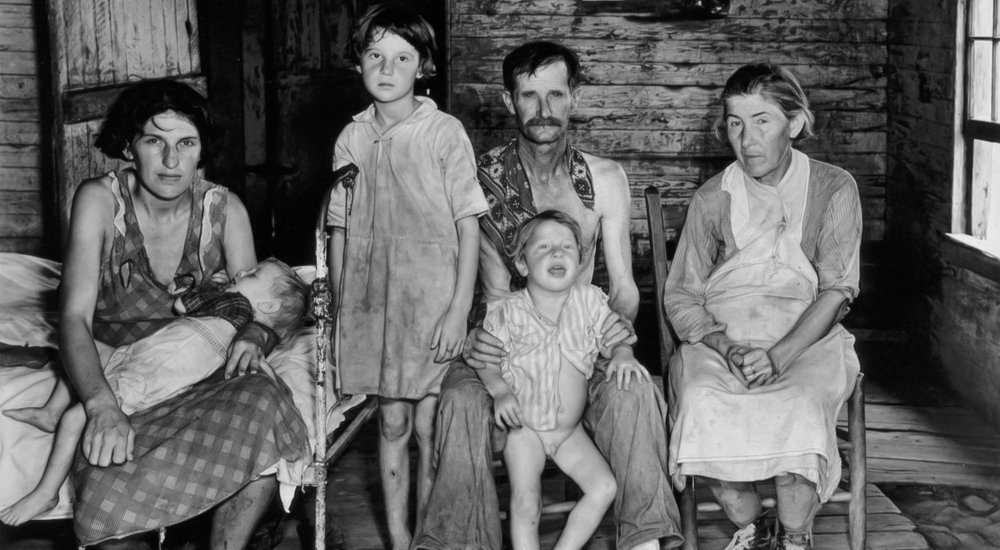

Du Bois interpreted Reconstruction as a great class rebellion, as freed slaves fought to control their own working conditions and wages. The prolific Charles and Mary Beard, progressive historians in the first third of the 20th century, reinterpreted American history as a struggle for economic power between the haves and have-nots. In “White Trash,” Nancy Isenberg joins a long list of historians over the last century who have sent Sombart’s theory crashing on the shoals of history. The bowing and scraping before the ‘upper classes,’ which produces such an unpleasant impression in Europe, is completely unknown.” Class consciousness in America, he contended, foundered “on the shoals of roast beef and apple pie.” Sombart was among the first scholars to ask the question, “Why is there no socialism in the United States?” His answer, now solidified into conventional wisdom about American exceptionalism, was simple: “America is a freer and more egalitarian society than Europe.” In the United States, he argued, “there is not the stigma of being the class apart that almost all European workers have about them. . . No line about class in the United States is more famous than the one written by the German sociologist Werner Sombart in 1906. In his carefully constructed model for a working colony, he recognized the need for people to.WHITE TRASH The 400-Year Untold History of Class in America By Nancy Isenberg Illustrated. Hakluyt attached the term "empty" to the newly discovered land of America, implying the continent was lying in wait for the English to commercialize it. The general English sentiment of the time was that idle or unused land equated to wasted land. Isenberg combines the work of the younger Hakluyt as well as other popular writers to demonstrate the intellectual landscape of England. Isenberg first calls on the writings of English intellectuals and cousins, Richard Hakluyt the elder and the younger.

The rhetoric surrounding the new territory was rooted in less of a practical standpoint, and more of a propagandist one. Isenberg begins her study in the sixteenth-century alongside the beginning of English exploration to the New World.


 0 kommentar(er)
0 kommentar(er)
